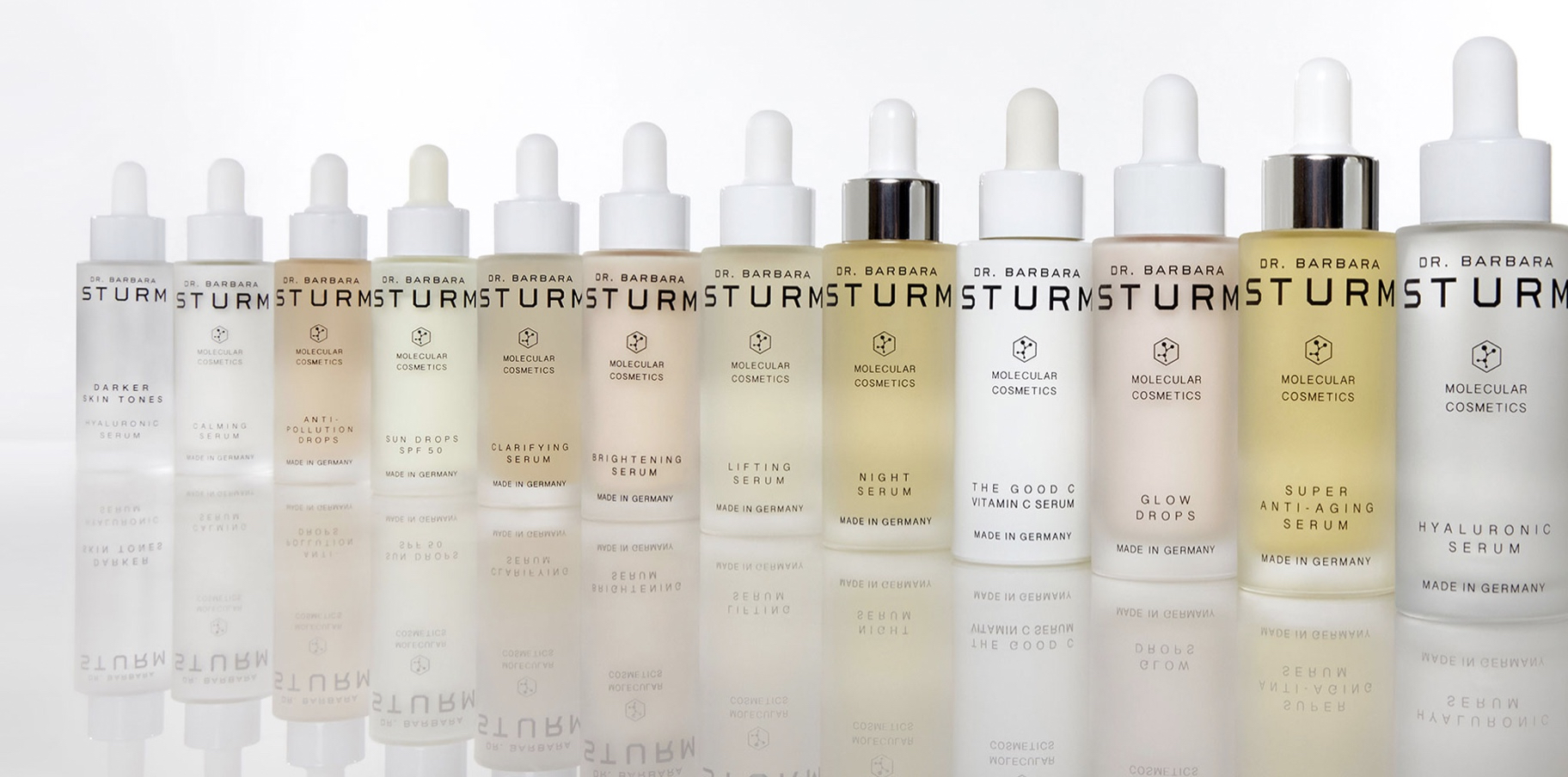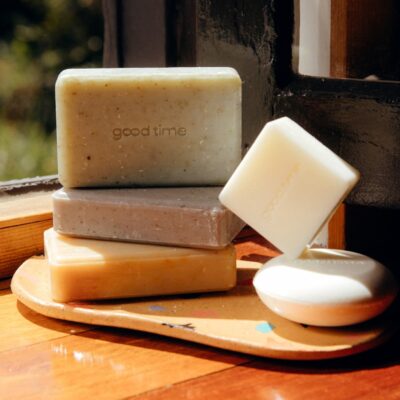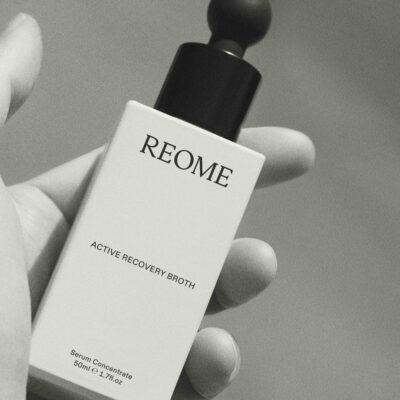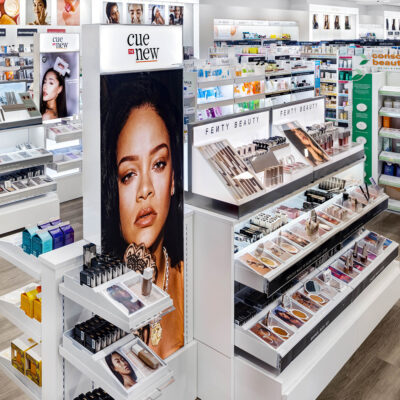
Bluemercury Co-Founder Marla Beck On What Every Brand Should Know About Raising Capital
Without too much money, a beauty brand can get started today by paying a contract manufacturer, producing a couple of stockkeeping units, launching a website, and setting up TikTok and Instagram accounts. The easy entry into the beauty industry makes the funding model differ significantly from traditional entrepreneurial and venture capital models.
Venture capital was created for technology companies that have long and expensive development cycles stretching years and years before first-dollar revenue. Beauty ventures, however, have low entry costs, but high scaling costs and can last much longer in the initial bootstrapping stage at sub-$1 million in revenue.
I’ve spent 25 years in the beauty industry, primarily as the co-founder and CEO of Bluemercury, where I launched, nurtured and supported the scaling of iconic brands such as Skinceuticals, Kiehl’s, Nars, Aesop, Oribe, Dr. Barbara Sturm, Chantecaille, Ilia and Supergoop, and younger brands commencing their ascent.
I’ve had a front-row seat to follow beauty brands accelerating and failing. Some brands I loved have skyrocketed. Some have flopped or stayed at low revenue, and some were slowly progressing for a while, then pivoted and soared.
In beauty, revenue growth and the rate of growth are everything. For instance, a $6 million beauty company growing 75% a year is much more likely to nab funding than an $8 million beauty company with flat growth.
Beauty companies generating $1 million and under in revenues should be treated differently from those scaling from $10 million to $20 million or $20 million to $50 million. They can become stuck at certain revenue milestones, requiring business model, distribution and customer acquisition pivots. I’ve seen plateaus at $1 million, $6 million, $12 million, $20 million and $50 million.
Growth is critically dependent on a brand’s business model and whether it can draw the right customers in the right channels. When I began in the industry, it was a simpler proposition to nail down the right retail channel and build with a retailer both in its stores and online.

Now, not only must brands show direct-to-consumer traction, they also have to push into retail channels to access customers, while leveraging all of the digital media marketing creativity and spend they can muster. The entry cost is low, but the cost to grow revenue and scale has become exorbitant.
Beauty venture startup funding has evolved, with funds at every stage poised to fuel visionary, disruptive founders. But I believe the golden days of beauty company funding has changed, and companies are becoming stuck or shutting down because of an inability to evolve beyond the seed stage and show significant revenue growth.
In the past two years, I’ve advised several founders with brands struggling to raise funding and several with scaling brands looking for growth capital. Learning from their experiences, I’ve identified four phases of beauty ventures—startup, scale-up, reset and drive—and the likelihood of achieving funding rooted in their revenue growth rate and business model fit.
In the startup phase, a beauty entrepreneur has a vision and establishes a company either by bootstrapping or obtaining seed or pre-seed capital. The strategy is straightforward: Find customers and fire up revenue. The funding likelihood and need is based on the scale of a brand’s launch and the network of its founder. There are numerous backers at this stage willing to write small checks, and it continues to be alive and well.
With meaningful revenue growth (double, triple and more), there’s a small potential to move straight to the scale-up phase, where eager growth venture capital and private equity funders are waiting to pounce on promising brands. Most beauty startups move to the reset phase or drive phase, depending on how much capital they have.
“I believe the golden days of beauty company funding has changed, and companies are becoming stuck or shutting down because of an inability to evolve beyond the seed stage and show significant revenue growth.”
If the revenue isn’t there, then a startup moves to the reset phase in which funding from new investors is unlikely. In venture funding terms, this phase is known as the “valley of death.” It requires a pivot to put the startup on a new path to attract consumers in different distribution channels.
The reset phase is the riskiest phase for a startup. It has to figure out how to adjust to find customers through new channels of distribution. It will either find a previously untapped customer base or be forced to cut costs, sells assets on the cheap or shut down. At the moment, we are seeing many companies in this phase. If there’s funding for them, it tends to be from current investors who want to double down.
If a beauty venture can bridge the valley of death and find new customers, new channels and ignite revenue growth, then its likelihood of survival and success increases, and it arrives at the drive phase. The company still faces risks given that it had to pivot, but funders may applaud its adjustments and take a chance on it. Raising capital will remain difficult, but there’s hope.
At the scale-up phase, a beauty venture’s revenues are increasing at a nice clip, and it’s adding distribution channels and customers. While it may have growing pains, growth capital and private equity investors are ready with funding and advice. These are the companies ultimately acquired by strategic buyers. While we hear about them a lot, they’re rare, and their founders have weathered ups and downs prior to being rewarded for their tenacity.
Brand founders should recognize the phase they’re in. Is their brand marching forward at a healthy rate? Has it nailed down customers and distribution channels ripe for scale? If that’s the case, it can work to secure proper investment. If not, it should take a hard look at refining its strategies and funding targets. It’s never a straight line toward the scale-up phase, and understanding how to get there can help define a brand’s approach to funding and growth.





Leave a Reply
You must be logged in to post a comment.